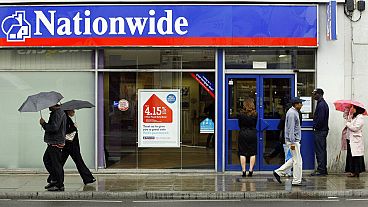By David Shepardson
WASHINGTON (Reuters) - The National Transportation Safety Board said on Thursday that Tesla Inc's Autopilot feature was engaged during a fatal March 1 crash of a 2018 Model 3 in Delray Beach, Florida, in the latest serious crash reported involving the driver-assistance system.
The NTSB's preliminary report said the driver engaged Autopilot about 10 seconds before crashing into a semitrailer and the system did not detect the driver's hands on the wheel for fewer than eight seconds before the crash.
The driver was travelling about 68 miles per hour (mph) on a highway with a 55 mph speed limit and neither the system nor the driver made any evasive maneuvers, the agency said.
Some Tesla drivers say they are able to avoid putting their hands on the wheel for extended periods when using Autopilot, while Tesla advises drivers that they must keep their hands on the steering wheel and pay attention while using Autopilot. Tesla did not immediately comment on Thursday.
In May 2016, a Tesla Model S driver was killed near Williston, Florida, using Autopilot when he slammed into a tractor trailer that also sheared off the vehicle roof.
The NTSB said in 2017 that Tesla lacked proper safeguards allowing the driver "to use the system outside of the environment for which it was designed and the system gave far too much leeway to the driver to divert his attention."
The National Highway Traffic Safety Administration (NHTSA) is also probing the Delray Beach crash. Both the NTSB and NHTSA are also investigating a fatal incident in Davie, Florida, on Feb. 24 involving a 2016 Tesla Model S that caught fire and burned the 48-year-old driver beyond recognition.
NHTSA, the auto safety regulator, can demand a recall if it believes a defect poses an unreasonable safety risk, while the NTSB makes safety recommendations.
(Reporting by David Shepardson; Editing by Bernadette Baum and Meredith Mazzilli)



